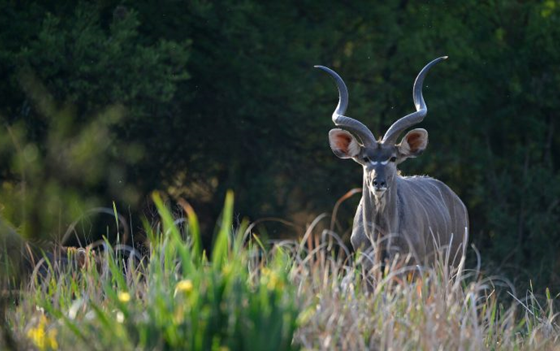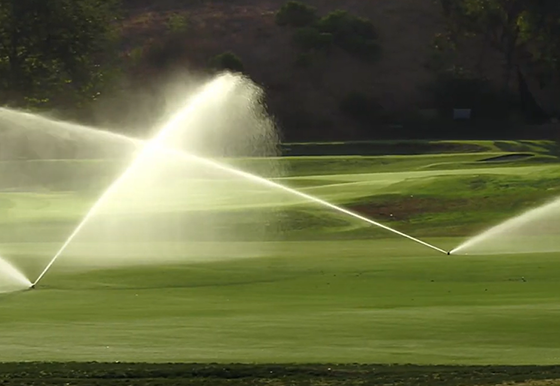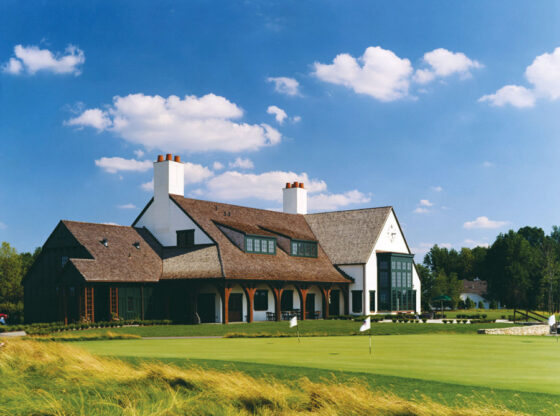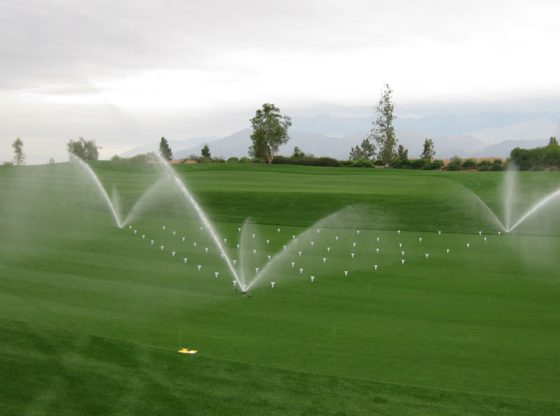The following is part two in a two part series. Click here to read part one.
Since pipe rarely fails, the argument for using ductile iron fittings is something to listen to. The nice thing about iron fittings is they cover up issues that PVC fittings cannot endure.
Lets talk about PVC fittings.
PVC fittings were not designed for irrigation conditions.
That may sound strange. Irrigation systems are different than most other pipe networks because we have multiple cycling of water flowing, speeding up, slowing down, and stopping. Why? Because of so many valves opening and closing every irrigation cycle.
 Why does that matter? Remember the surge pressures talked about? Every time water flow starts, and especially when it stops, cyclic surges are sent through the piping. PVC as a material cannot handle that condition.
Why does that matter? Remember the surge pressures talked about? Every time water flow starts, and especially when it stops, cyclic surges are sent through the piping. PVC as a material cannot handle that condition.
Point of interest: Of all the PVC fittings sold, only a small percentage are used on golf courses. Yet the vast majority of reported failures happen on golf courses. The manufacturers are well aware of this. The simple truth is, PVC fittings are not exactly the right fitting for the irrigation world (larger than 2” sizes). We must and can effectively mitigate most of the problem through good system design and good installation.
The PVC Fitting Weak Spot
A PVC fitting is the intersection of two or more cylinders. Hoop stresses of the intersecting cylinders combine at the points of connection. The inside corner of an intersection is subjected to twice the normal stress. To compensate, manufactures add more material at these points. While this helps improve burst strength, it cannot help overcome surge stresses.
When PVC fittings are pressurized the fitting deflects internally, attempting to “round up” the oval geometry of the unsupported intersection area. This creates a “hinge” at the internal intersection that bends in the vertical plane during every pressure surge. Additional bending is happening for a couple of other reasons too. (I will avoid going over these reasons so as not to get too deep in the technical weeds.)
Every pressure surge flexes the hinge areas. By its nature PVC cannot handle the repeated flexings. Ever break a wire in two by repeatedly bending it back and forth? Same thing. The manufactures try to build their fittings to handle a certain number of flexings. Because golf irrigation systems have so many pressure surges, which causes flexing, we have to accept that PVC fittings are not the best fitting for our use.
Another by the way; while the same factors hold true for PVC fittings smaller than 2”, small fittings are actually many times stronger than large ones. The bigger the fitting size the weaker it becomes. That’s why it is recommended to use ductile iron fittings for pipe 2½” and larger.
Bottom Line
So we have two answers;
- Ductile Iron Fittings– The best fitting choice. The push-back will be cost. Iron fittings cost a lot more than PVC fittings. At least the initial purchase.
- Lowering Flow Rates– Which means using larger pipe and that will cost more too.
A good analysis would compare the purchase cost difference for iron fittings to that for PVC fittings with the estimated repair cost over a 10 year period. And/or the extra cost to upsize the PVC pipe network to lower flow rates.
The renovation of an golf irrigation system is a 20 to 40 year purchase. The pipe network is the most costly and disruptive portion of the system to replace. Mess up the pipe network and you live with a messy costly hassle for many decades. Please make sure those who design and install your system are doing what they can to assure you will have a functional and reliable pipe network.












